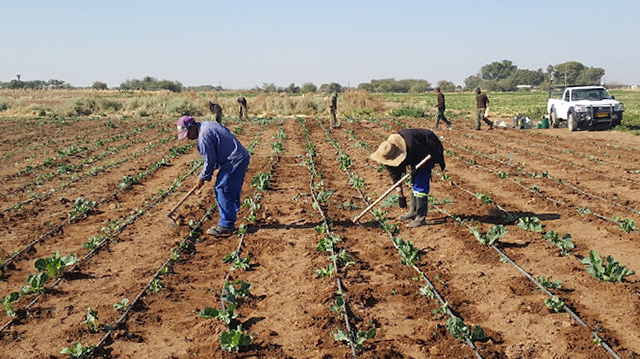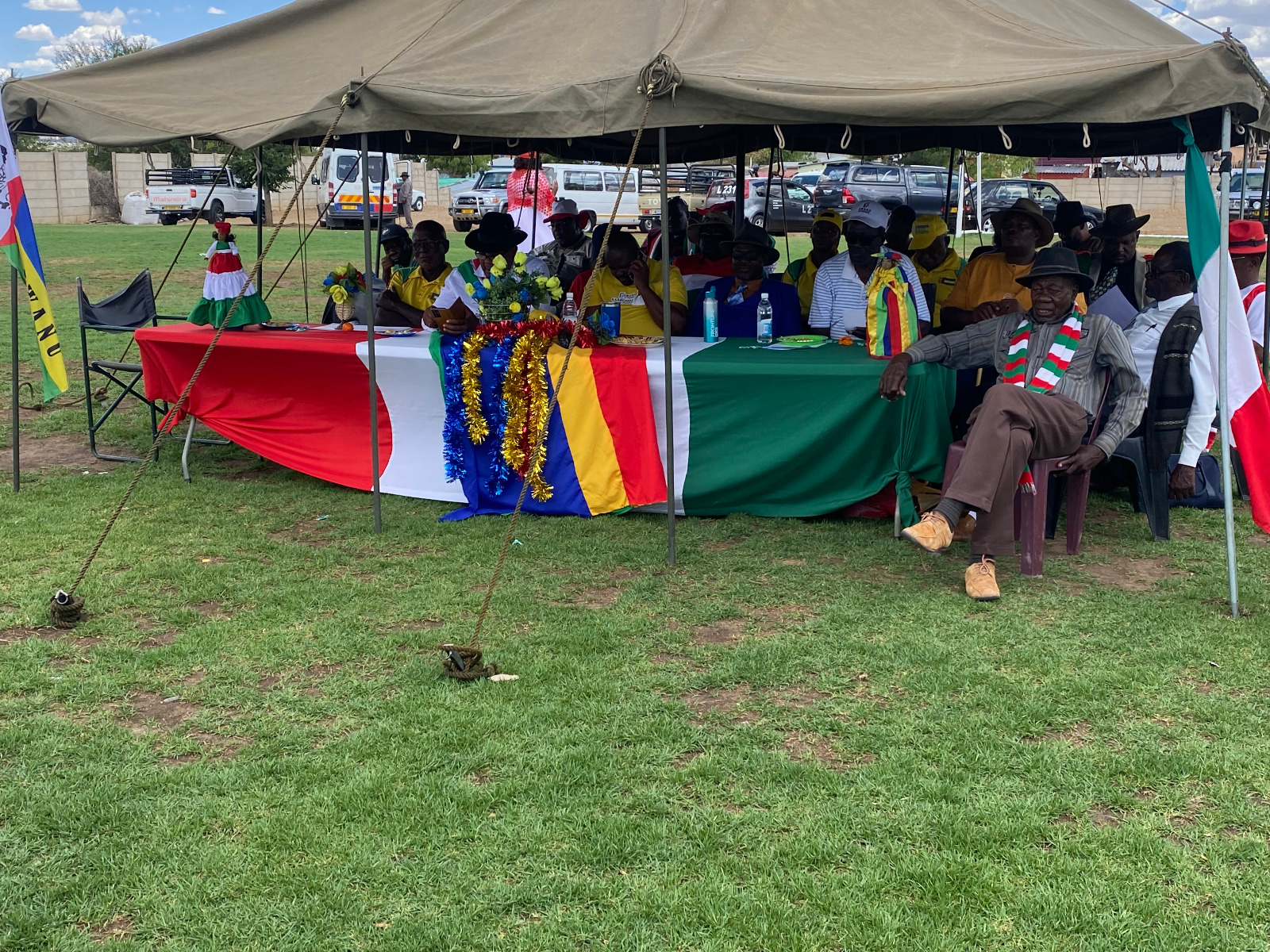MINISTER of agriculture, water and land reform Calle Schlettwein this week said N$45 million will be allocated for the development of green scheme irrigation projects for this financial year.
This is 37,6% of the required amount for this project.
Schlettwein was motivating the ministry’s N$ 2,2 billion for this financial year. Of this total, N$1,3 billion is allocated to agriculture and land reform, while N$ 929 million is allocated to water, inclusive of N$80 million allocated to water subsidies during the Covid-19 pandemic.
The Namibian reported last year that Agribusdev, the agency that manages 11 green schemes, has been underfunded for the last five years, leading to the projects screeching to a halt.
The green scheme programme is designed to maximise irrigation opportunities in the central-northern and north-eastern regions using the Kunene, Zambezi and Kavango rivers, as well as the promotion of agro projects in the south, using the Orange River and dams such as the Naute, Hardap and Neckartal.
Schlettwein said the ministry they have developed 12 green scheme irrigation projects across the country – eight of which are under the direct operation of the Agriculture Business Development Agency (AgribusDev) in terms of production, while the remaining four are leased out to the private sector as prescribed in the green scheme policy.
The development of the Katima Liselo green scheme project in the Zambezi region is currently underway.
In future, the ministry said it plans to develop the Tandjieskoppe and Neckartal projects in the //Kharas region and Zone green scheme irrigation projects in the Kavango West region.
Schlettwein said agriculture remains a strategic sector as it supports the livelihoods of about 70% of the Namibian population, and it is the biggest employer with about 167 242 employees, or 15,3% of the total Namibian workforce (Namibia Labour Force, 2018).
He said public and private investment in the agricultural sector have been on a declining trajectory, having dropped from an average of 4,6% 10 years ago, to 3,6% now.
Schlettwein said this scheme aims to help farmers recover from the effects of the the drought.
The reason for this scheme is the heavy losses suffered by the livestock subsector that was severely affected by the 2018/2019 drought, resulting in a total loss of 97 854 units of livestock, inclusive of 57 937 head of cattle, 27 876 goats, 10 936 sheep, 762 donkeys and 343 horses.
In addition to the above losses, farmers were forced to destock due to poor rangeland conditions.
The minister said as a result, a total of 464 646 head of cattle, 47 519 goats and 740 481 sheep were slaughtered and/or exported live through formal markets giving off-takes of 18%, which are 1,89% and 31,67%, respectively.
“The scheme would have provided subsidies to livestock producers procuring breeding stock, to benefit 14 805 cattle producers,” he said.
The intention was to subsidise livestock producers for the procurement of a maximum one bull plus 25 cows/heifers, representing a total of 14 805 bulls and 370 116 cows/ heifers.
At a 40% subsidy rate, the budget required for the scheme is estimated at N$118 million for (bulls), and N$888 million for (cows/heifers).
Stay informed with The Namibian – your source for credible journalism. Get in-depth reporting and opinions for
only N$85 a month. Invest in journalism, invest in democracy –
Subscribe Now!






